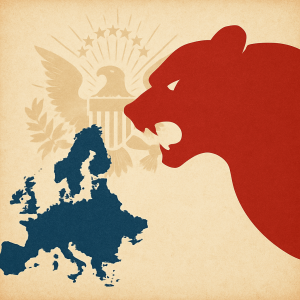This is not enough. It is obviously not enough because the minimum 15% tax that the seven richest democracies have decided to impose on multinationals is still ridiculously low compared to what SMEs, employees and independent professions pay in most countries of the world.
The road to tax fairness is still a long one, but the agreement reached by the G7 on Saturday marks a major breakthrough. Forty years after Margaret Thatcher and Ronald Reagan imposed the idea that taxes had to be reduced to raise revenue by stimulating activity, the major capitals have now realised that they must stop lowering taxes in order to stop having to cut public investment.
A four year old would have realised this earlier, but there are, it is a fact, economic and political cycles. At the end of the 1970s, the financing of social solidarity through tax redistribution had come to seem too burdensome to the Western middle classes. It was this rejection of taxation that paved the way for the conservative revolution, but the pandemic and the need to organise an innovative recovery brought the strategic state back into play.
Keynes regains the advantage over Adam Smith, but the paradox is that at the very moment when the inspirer of social democracy and the social market economy eclipses that of Margaret Thatcher and Ronald Reagan, the political left loses its intellectual pre-eminence to the benefit of the political right.
The ideas of progress, universalism, social justice, tolerance and equal opportunities are increasingly undermined by a return of conservatism and a growing rejection of the Enlightenment. Yesterday’s left-wing intellectuals are now right-wing and, to put it bluntly, the domination of a left-wing right is succeeding that of a right-wing left because…
Let’s start again.
Shaken by the worldwide success of reagano-thatcherism and forced to bow to the generalisation of fiscal and social dumping, the Western lefts had to align themselves with the third way of Bill Clinton and Tony Blair. From the 1990s onwards, they no longer challenged the economic dogmas of neo-liberalism. They only distinguished themselves from the right wing by defending a change in morals that the conservatives rejected. The left has become the party of the urban middle classes, it has become liberal and it surrendered its working-class base to the new extreme right, which has been able to attract blue-collar workers by denouncing globalisation and advocating a return to national borders.
Within two decades, a cultural fusion has taken place between the conservatives and the working classes, who have found communion, against the left, in nationalism, fear of the outside world and a strange addition of nostalgia for the times when factories did not move to China, when social progress was steady and when traditions, especially religious ones, set common standards for nations.
The best incarnation of this magma is Donald Trump, who defends the faith and white identity of the United States as ardently as he attacks the left, China and immigrants, but now Covid 19 is changing the game again.
After taking over the reins of the European Union, Keynes is back in the US. No one says “tax kills tax” anymore. On the contrary, taxes are being increased and, although they are more right-wing than ever, our countries are embracing left-wing policies.
The right is moving to the left, just as the left moved to the right thirty years ago. A chicken would not find its chicks in this mess, and the political confusion of the beginning of this century is here to stay.



